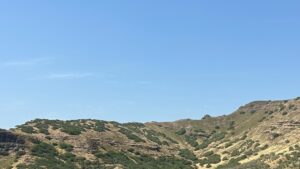Abstract/Description
Kyrgyzstan’s grasslands occupy almost half of the territory of the country. These resources represent the basis for seasonally mobile animal husbandry, which is relevant for both individual households and the national economy. With Kyrgyzstan’s transition into a market economy after the dissolution of the Soviet Union, the formerly state-owned grasslands were parceled out and usage rights privatized. Considerable socio-economic distortions and ecological problems occurred during this process. In order to meet the unintended effects, a legislation for user-based pasture management was established in the course of an institutional learning process. This measure corresponded to a decentralization of responsibilities in natural resource management through the stronger involvement of rural communities and, thus, aligns with a central paradigm of the global development discourse at the time. Positive examples can be observed in terms of increasing equal access to grazing land, the empowerment of rural communities, and reduced ecological damage. At the same time, there are cases of pasture-related ecological problems and overstrained management institutions. In addition to the challenges posed by cross-border pastoral mobility and underexploited summer pastures, social and ecological issues came more into focus in current pasture-related interventions. This contribution traces the developments of the regulations and practices of pasture management, placing the focus on the analysis of achievements, trends, and current and challenges.


